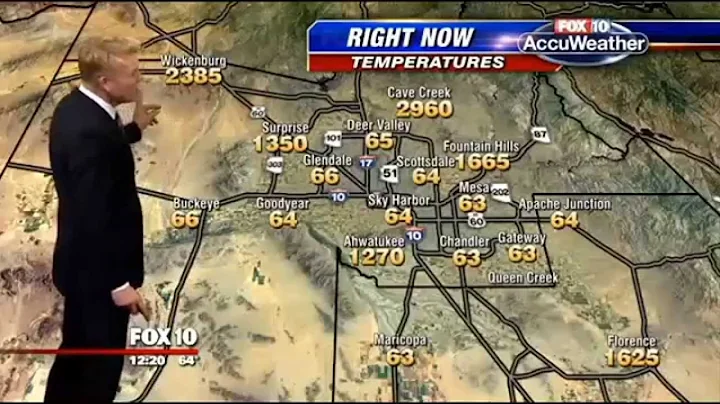Adams: The Birth of 40 Works (Sixteen)

Mount Williamson
Mount Williamson
(Photographed in the Sierra Nevada Mountains, California, in 1944)
I have set out from Yosemite many times to the Owens Canyon in the east of California This photo was taken during one of the interviews at the Manzanar resettlement camp. After the attack on Pearl Harbor, there was a moment of terror and hysteria in the United States, and the government made the decision to move Japanese Americans to several internment camps. This infamous decision caused great suffering for Japanese Americans on the West Coast. In the first few days of the Great Relocation, when these Japanese Americans were brought into temporary shacks built with linoleum in this desolate land, Dorothea Lange photographed the hardships and sufferings of this group of people. For these settlers, her photographs became shocking and tear-jerking documents of a time of terror. I arrived at the site a few days later. At that time, due to the efforts of the immigrants themselves, the resettlement camp had been made barely habitable and practical. Dorothea's original photographs of this tragic event have become priceless; my photographs (published in Born Free and Equal) were an attempt to document the achievements of these men in overcoming the deplorable circumstances imposed upon them.
I was invited to Manzanar by my old friend Ralph Merritt to photograph these people and their environment. I think the geography of the migrant camp, even though it's so desolate because it's surrounded by desert, is an inspiring place. This camp is bordered by the huge Sierra Nevada Mountains to the west and the barren highlands to the east. This brings some comfort to Japanese-Americans who love nature, easing their loneliness and anxiety about the future.
The view of the mountains from the camp is spectacular: the main peak is 1,100 feet higher than the barren sand. When the opportunity arose, I went to Owens Canyon to shoot, and some of my best photos were taken near Manzanar Camp between 1943 and 1945. Walking around the canyon, I could see and recognize the distant peaks reflected in the western sky that were familiar to me from my mountaineering interviews a few years ago.
The eyes and brain are able to bring together the spectacular scenery of this area into good ideas and desired visual images. Without exciting foregrounds and skies, the camera wouldn't be as easy to use. Our eyes can only see a smaller perspective at any one time, and as we change the direction of vision, our visual memory is able to capture images of larger and larger areas while focusing each viewpoint on what can only be seen through a lens. Achievable area.
The slope from the edge of the wasteland to the top is almost at an angle of 45 degrees, like a raised land with many cracks and large canyons. In the morning, the dazzling sunlight disperses the shadows. By midday the situation had changed, and the light and shadows were jumbled so that the mental image turned out to be better than what could be recorded on film. In the afternoon, the shadows lengthen and the mountains resemble large walls with fine textures and gaps.
I found that long focal length lenses were able to capture fascinating details in distant mountains, but photographic problems led me to the idea of using my eye to examine the complex tapestry of slopes, looking for compositions of inherent beauty and pockets of interest. In addition to the heavy snow covering the mountains in winter, granite and metamorphic rock blend into the sky close to the horizon. Color photography is difficult to handle such scenes, and black-and-white shooting is often disappointing. This condition urgently requires the ability to express a meaningful foreground and a clear composition of distance and distance, while making the mountains not occupy a prominent proportion in the picture.
When clouds appear in the sky and scenery comes, the shadows cast by the sky and clouds on the mountains make everything come alive, and various shapes and planes appear. This kind of scenery has not been seen before. The shape of the mountain is integrated with the shape of the cloud, and is related to the shape of the cloud. Paul Strand said when he met me in Taos in 1930: "Every cloud contains a charming moment." This meeting was of great significance for my photography.
To the west of the Manzanar area, there is a large expanse of gravel that extends for several miles to the foothills of Mount Williamson. The east peak of Mount Williamson (approximately 14,000 feet above sea level) rises between rocky cliffs and canyons filled with bare rocks, which are difficult to photograph on a clear desert day because the brightness of the rocks can be as bright as the sky. But on stormy days, the scenery is spectacular, especially when there are thunderstorms in the summer. It rarely rains in Owens Canyon, but the large clouds and curtains of rain are spectacular in the summer.
It was in this kind of weather that one day I drove the station wagon to a place I often go. For me, I have never encountered suitable shooting conditions here before, but this time it was raining heavily in the mountains and the scenery was amazing. I set up a large 8×10 camera on the roof of the car, using a Kirk 15 lens (12½ inches, plus two 19- and 23-inch focal length lenses). It's worth trying to get the view from the car platform on a flat spot; it allowed me to see the huge boulders stretching all the way to the bottom of the hill. I pointed the camera lens slightly downward and then tilted the camera back so that both the nearby rocks and the distant mountains were in focus. I started the car several times, moving it a few feet so that it would stop and the camera would capture exactly the composition I wanted with the gravel and mountain peaks.
When the sun shines through the afternoon clouds onto the gravel, the shadows are heavy and the clouds near the sun are particularly bright. Using the S•E•I spot meter, I was able to take readings over small areas of the subject; the clouds near the sun were at 4,000 candelas per square foot, and the nearby shadows were about 10 candelas per square foot. foot. This early spot meter is still a great accessory. The
exposure is quite extensive, and I knew I had a problem. I put the darkest shadows in zone 1 and the lightest clouds in zone 9 or so. I used 64-degree full-color black and white film and a Leden 15 green filter, and the exposure was F/32, 1/3 second.
For such high-contrast images, I think it is necessary to reduce the normal development time by 2 minutes. After further consideration, I realized that the general practice of reducing development time would make the gradations of shadows indistinguishable from low to medium gradations, while maintaining the maximum gradation in the printable range. For this reason, I marked water bath development, because this method not only maintains the best gradation in the printable range, but also enhances the contrast in the shadow areas.
Sometimes I take several pictures of an important subject in succession. I took several negatives of this scene. The position of the clouds and the light hitting the mountain were unsatisfactory in all but one of the negatives, and they were thrown away.
Printing this negative is not an easy task; I would have preferred to use Ilfo Galerie No. 2 photo paper, developed with Dictor developer, or Oriental Seagull No. 2 photo paper, developed with Celector (Selectol) soft developer mixed with Dictol (prepared from 500 ml Selectol, 1000 ml water and 100 ml Dictol). Tinting with selenium produces rich tones.
printing requires patience. In order to obtain rich tones, I printed many photos, but the tones were too heavy. I also printed many photos with very light tones. The reason was that the tones were too heavy and went to the other extreme. It's important to experiment carefully and always understand the tonal effect your photo will have when it dries.
I am very interested in the comments caused by this photo. Some people say that it is cut and pasted, and some people say that it plagiarizes Wagner's style. There are really different opinions. Someone even asked me: "Is this a real photo?" The photo was enlarged and exhibited at the "Human Family" film festival held at the Museum of Modern Art in New York in 1955. Unfortunately, the enlargement effect was not ideal at the time.

Ansel Adams

Published July 1987





















